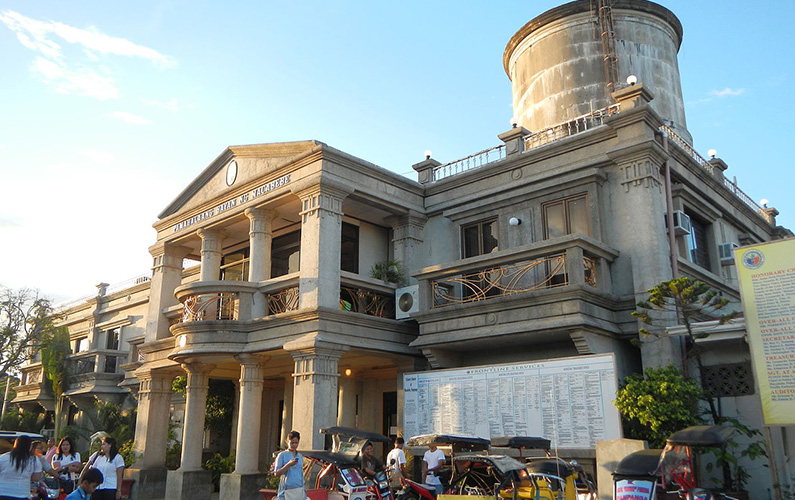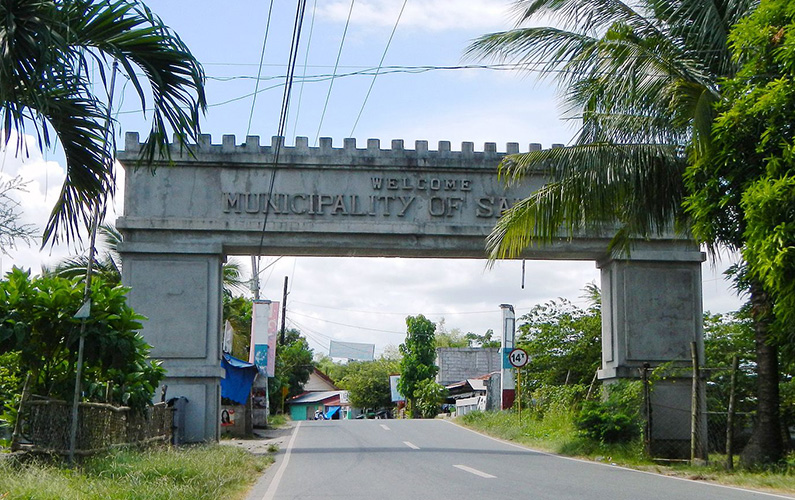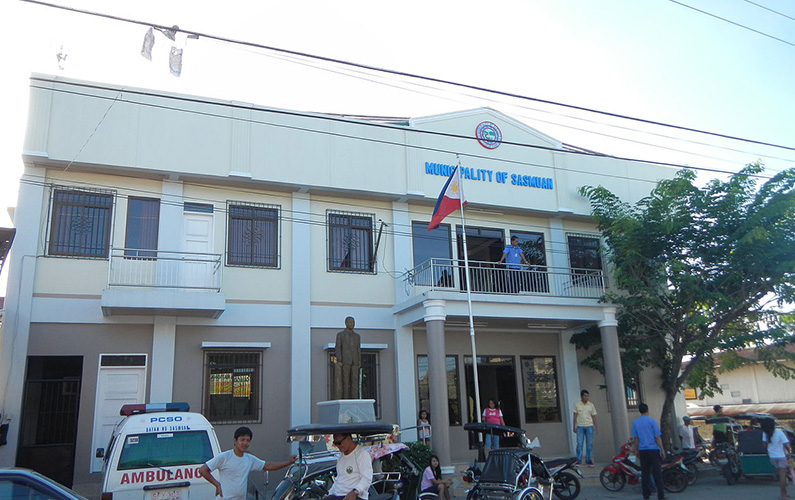Macabebe, officially the Municipality of Macabebe, is a 1st class municipality in the province of Pampanga, Philippines. According to the 2015 census, it has a population of 75,850 people.
Macabebe is located in the southern part of Pampanga. It is bounded to the north by the municipalities of Minalin, Guagua and Apalit; to the east by the municipalities of Calumpit and Hagonoy in Bulacan; to the west by the municipality of Sasmuan; and to the south by the municipality of Masantol and Manila Bay.
Macabebe, an ancient town in the modern-day province of Pampanga, is intimately linked to the Pampanga River (Río Grande de la Pampanga). The town was named Macabebe because it is geographically situated along the shores (Pampangan: bebe; Tagalog: baybay) or banks of Río Grande de Pampanga. The town is sometimes referred to as Makabibi because of the abundance of corals and shells along the Río Grande in earlier times. The Macabebes were the first Kapampangans to appear in European recorded history. In the Spanish Colonial period of the Philippines, Macabebe was considered one of the oldest and most important communities of Pampanga.
The ancient town of Macabebe owes its importance to its location along the Rio Grande de la Pampanga (Pampanga River). The river’s routes and its northern tributaries provided the pathways to the early major settlements in Pampanga. The English translation of Macabebe, meaning: ‘surrounded by rivers’ describes the historical heritage of the ancient town.[5]
The Macabebe dialect is said to be harsher and louder than others due to how the townspeople communicate across the river.
The Pampanga River is of great importance to Macabebe. Fishing is still a major source of sustenance and income for its residents. A number of fisheries can be found along the river.
The province of Pampanga is also the traditional homeland of the Kapampangan people. The Kapampangan of Macabebe had played a dynamic and at times conflicting role in the history of the Philippines. They fought against the Spanish in 1571, such as the case when the youthful Tarik Soliman (Bambalito)[6] became the first Kapampangan and Filipino martyr who fought against Spanish rule.[7] They also defended the last Spanish garrison against revolutionaries in 1898.
The Capampangan’s of Macabebe aswell is the great ally of the imperial spain when the dutch invaders try to colonize the Philippines, they fought together with the spaniards to protect the islands to its invaders and in return only the capampangan is allowed to studied in Prominent exclusives schools and universities under the spaniards.
In 1901, American General Frederick Funston and his troops captured Philippine President Emilio Aguinaldo in Palanan, Isabela, with the help of some Kapampangans (called the Macabebe Scouts after their home locale) who had joined the Americans’ side. The Americans pretended to be captives of the Macabebes, who were dressed in Philippine Army uniforms. Once Funston and his “captors” entered Aguinaldo’s camp, they immediately apprehended Aguinaldo and his men.
During World War II, the Japanese fighter and bomber planes air raided the municipalities of Macabebe on December 1941. Macabebe was occupied by the Japanese Imperial Army in 1942.
Barangays
Macabebe is politically subdivided into 25 barangays.
- Batasan [Bitas]
- Caduang Tete
- Candelaria
- Castuli
- Consuelo
- Dalayap
- Mataguiti
- San Esteban
- San Francisco
- San Gabriel
- San Isidro
- San Jose
- San Juan
- San Rafael
- San Roque
- San Vicente
- Santa Cruz
- Santa Lutgarda
- Santa Maria
- Santa Rita
- Santo Niño
- Santo Rosario
- Sapang Pari
- Saplad David
- Tacasan
- Telacsan





